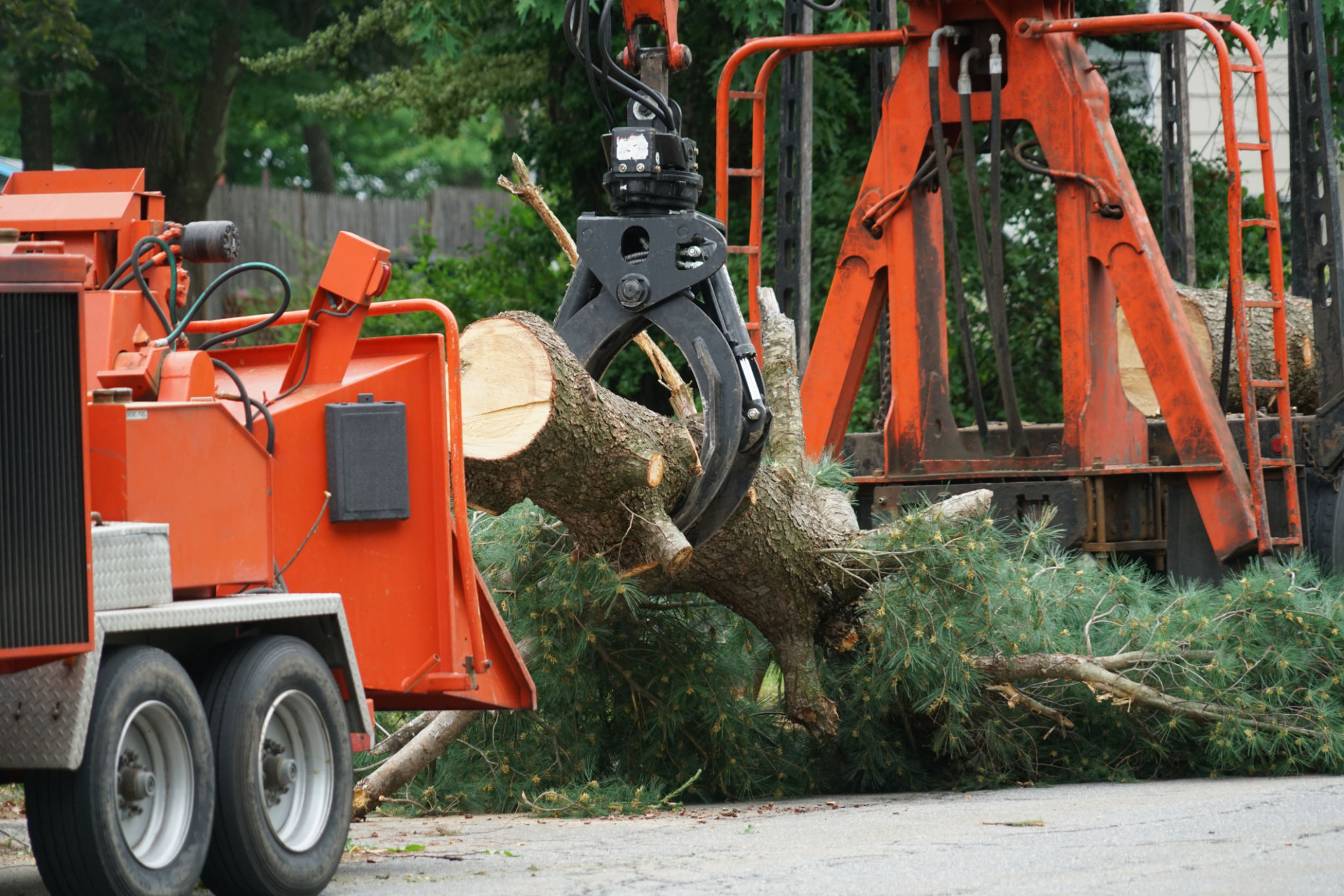Preparing for Storm Season: Essential Tree Maintenance Tips for NC Homeowners
Understanding the Importance of Tree Maintenance
As storm season approaches in North Carolina, homeowners must prepare to protect their homes and properties. One critical aspect of this preparation is tree maintenance. Trees can provide shade and beauty to your property, but they can also pose significant risks during severe weather. Proper maintenance can help minimize these risks and ensure your trees remain healthy and resilient.

Regular tree maintenance not only prevents potential damage during storms but also promotes the overall health of your trees. By addressing weak limbs, diseases, and structural issues, you can reduce the likelihood of branches breaking off and causing damage to your home or property.
Conducting a Thorough Tree Inspection
Before storm season begins, it's essential to conduct a thorough inspection of the trees on your property. Look for signs of decay, such as dead branches, fungi, or cracks in the trunk. Pay attention to any branches that hang over your house or power lines, as they pose a higher risk during high winds.
- Check for dead or damaged branches.
- Inspect the trunk for cracks or signs of disease.
- Assess the tree's overall structure and stability.
Pruning and Trimming for Safety
Pruning is a crucial step in maintaining tree health and safety. Removing dead or weak branches can prevent them from falling during a storm. It's best to prune trees during their dormant season, typically late winter or early spring, but addressing safety concerns should be done before any severe weather hits.
If you're unsure about how to properly prune a tree, consider hiring a professional arborist. They have the expertise to ensure that your trees are pruned correctly without causing harm to the tree itself.

Strengthening Young Trees
Younger trees may require extra support to withstand strong winds. Staking young trees can provide the necessary stability and help them grow strong roots. Use flexible materials to avoid damaging the bark, and remove stakes once the tree has established itself, which usually takes about a year.
In addition to staking, mulching around the base of young trees can help retain moisture and regulate soil temperature, promoting healthy root growth.
Removing Hazardous Trees
If a tree is severely damaged or poses an imminent threat to your home or property, removal may be necessary. While this decision can be difficult, safety should always be the priority. Consult with a certified arborist to assess whether removal is the best option for a hazardous tree.

Removing a tree is not only about cutting it down; it also involves safely disposing of the debris and ensuring that the area is clear of any remaining hazards.
Planning for Long-Term Tree Health
Maintaining your trees should not only be a seasonal task but part of a long-term plan for your landscape. Regular inspections and maintenance will keep your trees healthy and reduce the risk of damage during future storms.
Invest in professional tree care services if needed and educate yourself on proper maintenance techniques to ensure that your trees continue to enhance your property safely and beautifully for years to come.